September 27, 2021 – Covid cases are receding, but we need to consider a possible early and severe flu season.
The United States reached a six-week low in newly reported Covid cases on Friday (seven-day average). New daily cases have plunged 27% since September 2. The story looks even better for estimated infections – these reached a sixty-day low on Friday, according to a collaborative model from a team of Harvard, Stanford, and Yale public health experts. Estimated daily infections are down to half as many as on August 28.
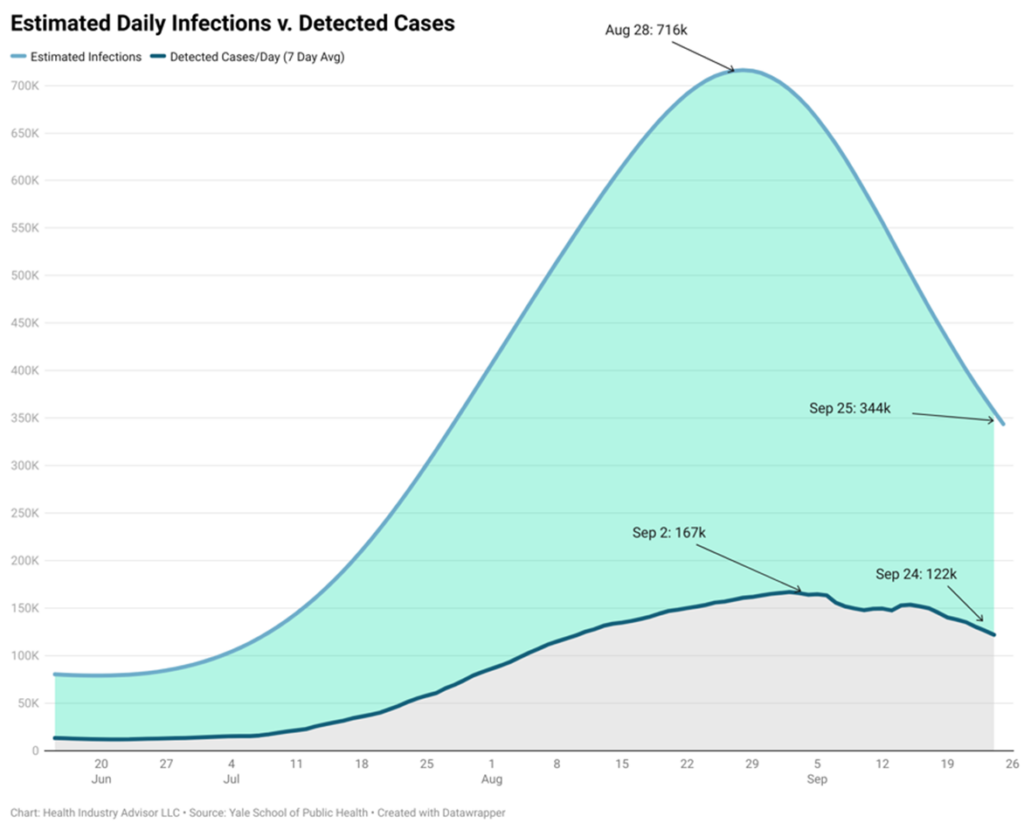
Concurrent with this case slowdown, testing results have improved during the last four weeks. Ten percent of all PCR tests produced positive results for most of August (seven-day average). This rate has declined steadily throughout September and now stands below 7.5%.
Deaths with Covid remain tragically high, averaging 1,725 per day. This rate has slowed over the past nine days (from more than 1,800 daily) and is half its peak rate (posted in mid-January.)
Encouragingly, Covid inpatient census across the United States has fallen 15% since September 4. This census is now 35% lower than its January 14 peak. It should continue to fall in response to declining infection rates.
The Covid infection slowdown provides urgently needed relief to our strained hospitals and healthcare professionals.
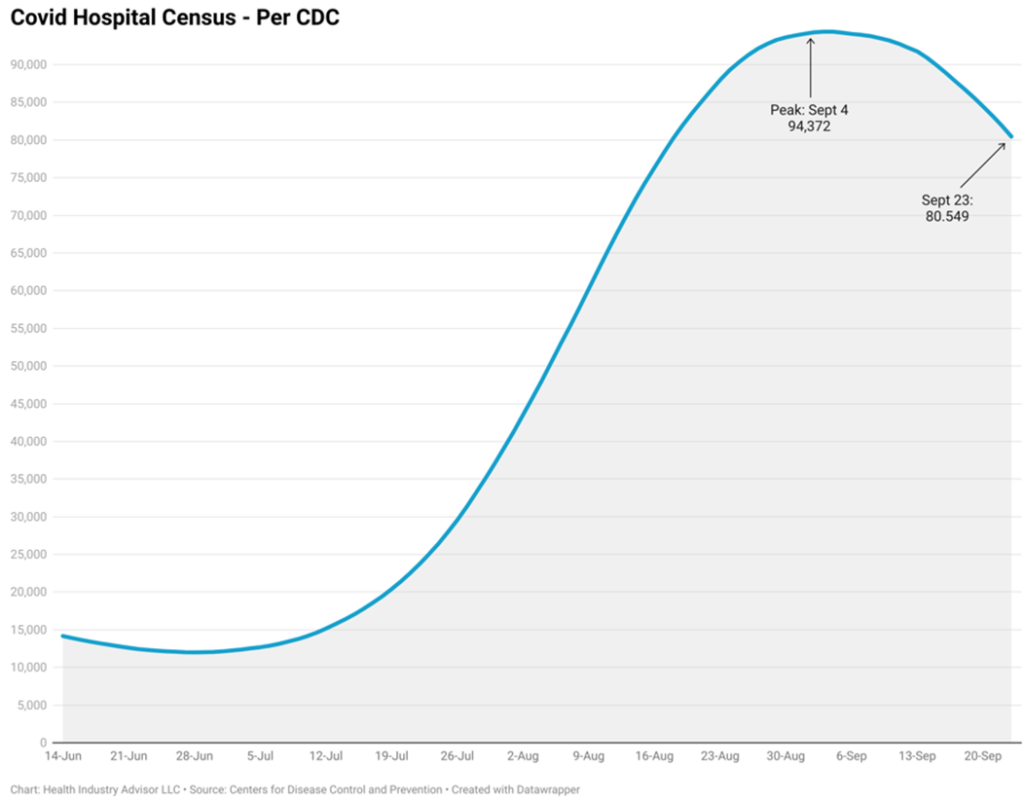
Still, pockets of high Covid demand on hospitals remain across the country. Hospitals in Georgia, Nevada, North Carolina, South Carolina, and Tennessee devote more than 40% of inpatient beds to treating Covid patients. In Alabama, Alaska, Delaware, Florida, Hawaii, Idaho, Kentucky, Oregon, Texas, Washington, and West Virginia, the situation is slightly better. Covid patients occupy more than three of every 10 beds in these states.
On the flip side, Vermont uses fewer than one of every ten beds caring for Covid patients. Twenty-four states are requiring fewer than one of every five beds (CDC census data, as of September 24):
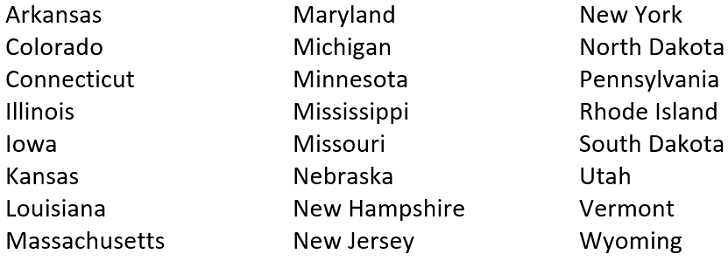
Unfortunately, the seasonal flu could be a significant concern this Fall.
In most years, the flu exerts considerable stress on the healthcare system in the Fall and Winter. Last season, the United States benefited from one of the mildest flu seasons in the past decade-and-a-half.
This year’s flu season does not officially kick off for another week. Nevertheless, save a single year, weekly flu visits are running higher now than during the comparable weeks of the past 15 years. In that sole exceptional year, the subsequent flu season (2009-10) proved to be one of the most severe we have witnessed. Also, flu visits that season peaked weeks earlier (October-November) than during every other year.
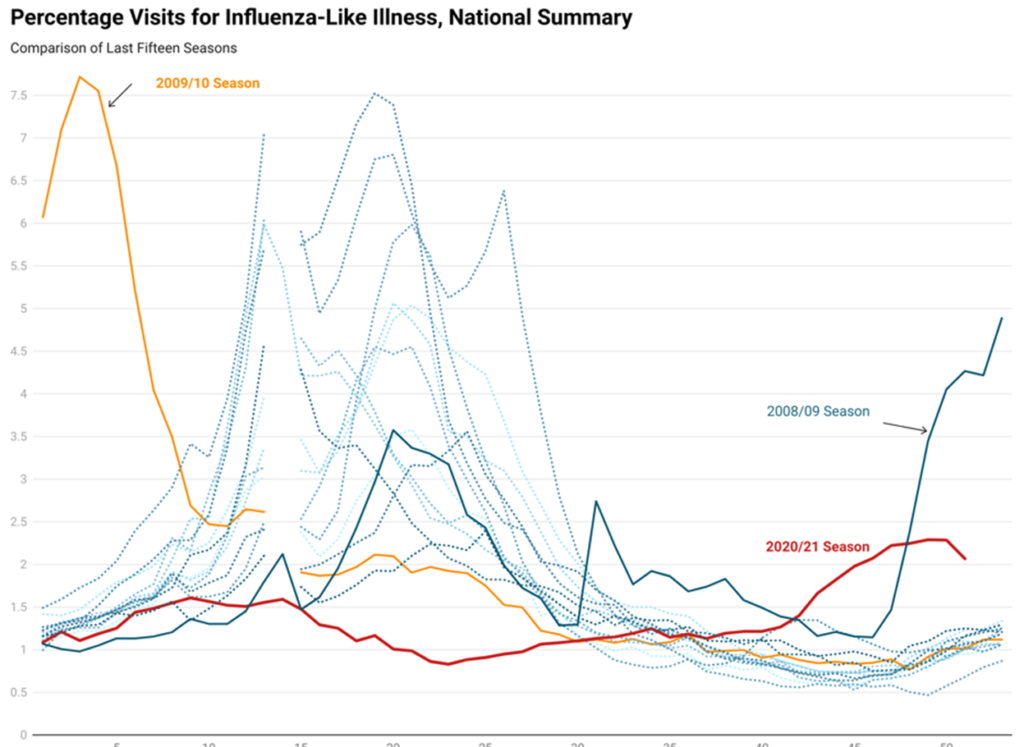
How bad is the flu experience already this year? Flu visits in ten states exceed the peak seen last Fall/Winter. Moreover, twenty-two states are posting visit rates at least double what they were at this time last year.
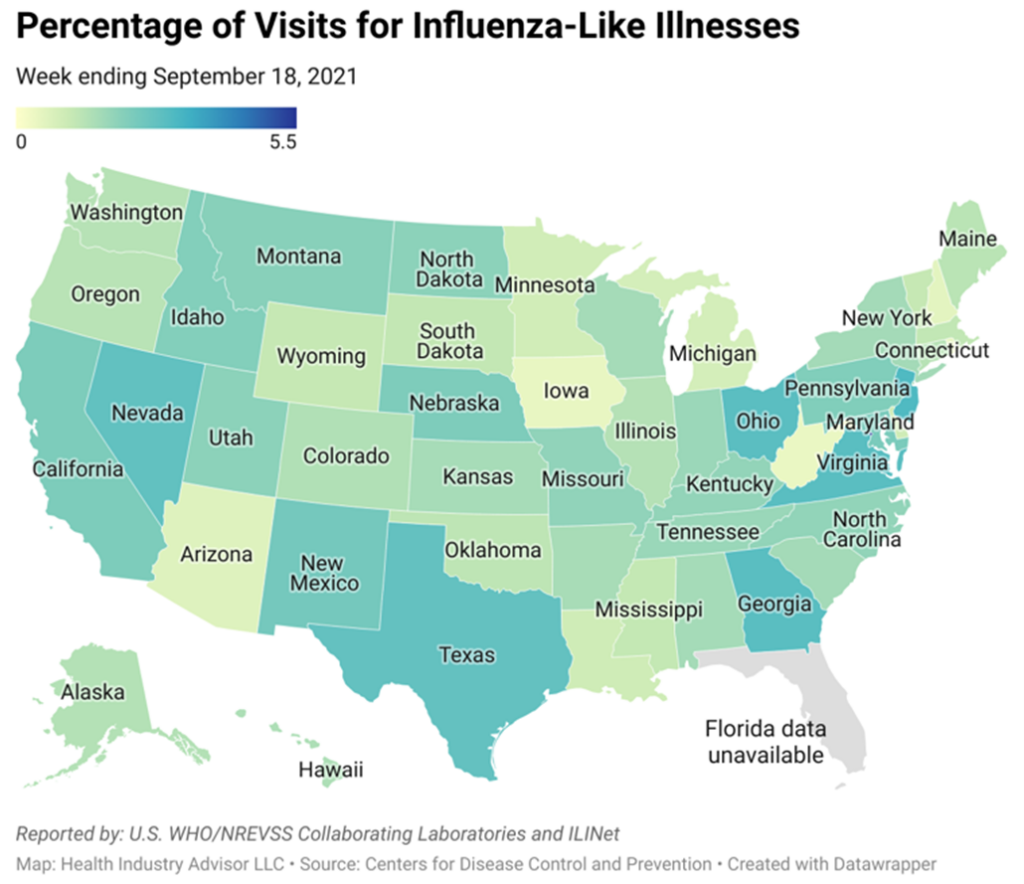
Experts suggest that an early and severe flu season could be the by-product of a mild season last Winter. We did not develop sufficient immunity to forestall new flu infections this year.
If this holds, it will stress our hospitals and health professionals significantly when they are already struggling with staffing shortages and Covid fatigue.
Contributing writer:
Mark A. Van Sumeren, strategic advisor, Medical Devices & Integrated Delivery Networks
Health Industry Advisor LLC, provides a regular report on COVID-19 numbers for the health care industry.
For more information, or to sign up for the report, contact Mark at Mark.VanSumeren@HealthIndustryAdvisor.com; or visit www.HealthIndustryAdvisor.com.
